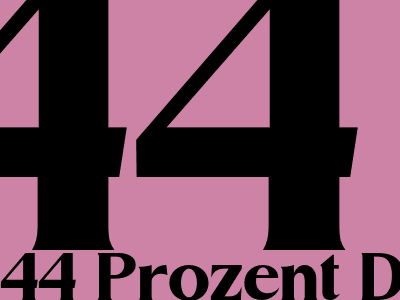
44 Prozent of Germany remain in the race for a nuclear waste repository
Nine regions still have hopes of getting the billions in funding and thousands of jobs from the final repository for radioactive waste.
The federal government wants to decide on a location by the end of the year.
Only nine regions in Germany are still in the running to host a nuclear waste repository. As the Federal Office for the Safety of Nuclear Waste Management (BASE) announced on Tuesday, 44 percent of the 90 regions that originally applied have been eliminated.
The remaining nine regions are:
- Heidekreis (Lower Saxony)
- Gorleben (Lower Saxony)
- Nördlicher Oberpfälzer Wald (Bavaria)
- Ostallgäu (Bavaria)
- Südlicher Oberpfälzer Wald (Bavaria)
- Tirschenreuth (Bavaria)
- Eschwege (Hesse)
- Südlicher Breisgau (Baden-Württemberg)
- Heitersheim (Baden-Württemberg)
The federal government wants to decide on a location for the final repository by the end of the year. The repository is intended to store highly radioactive waste from nuclear power plants and reprocessing plants. The waste is to be stored deep underground in stable rock formations.
The selection procedure for the repository site is complex and has been going on for decades. In the first step, BASE examined the geological suitability of the regions. In the second step, the regions were evaluated according to various criteria, such as the proximity to population centers, transport routes, and the economic impact.
The nine remaining regions will now be further investigated. BASE will carry out drilling and other geological investigations to determine the suitability of the sites. The final decision on the location of the repository will be made by the federal government.
The construction of the repository is expected to take several decades and cost billions of euros. Once completed, the repository will be operated for hundreds of years.